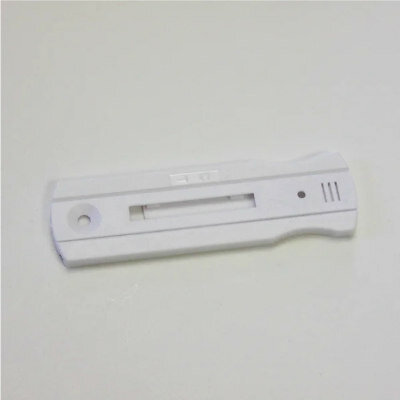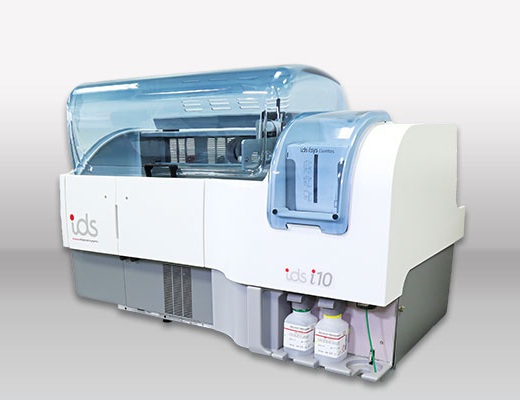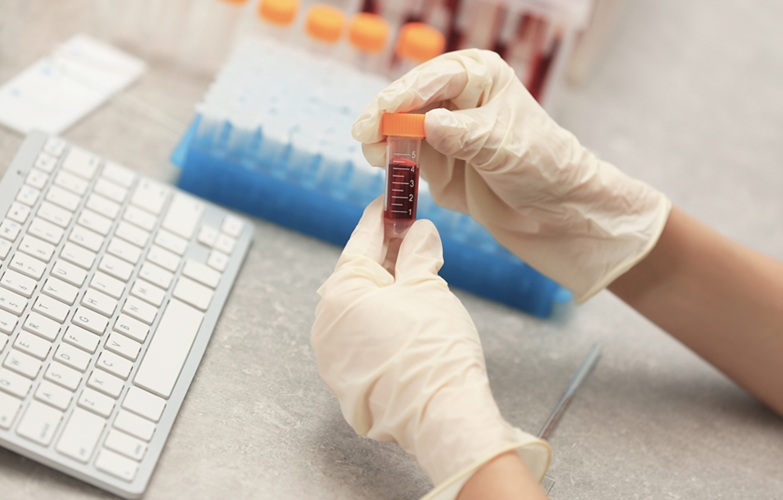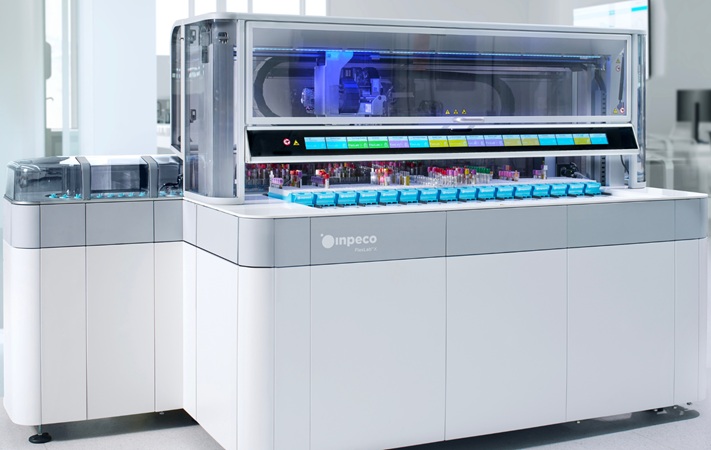Change in Serum Bilirubin Level Predicts Incident Metabolic Syndrome
|
By LabMedica International staff writers Posted on 21 Dec 2016 |
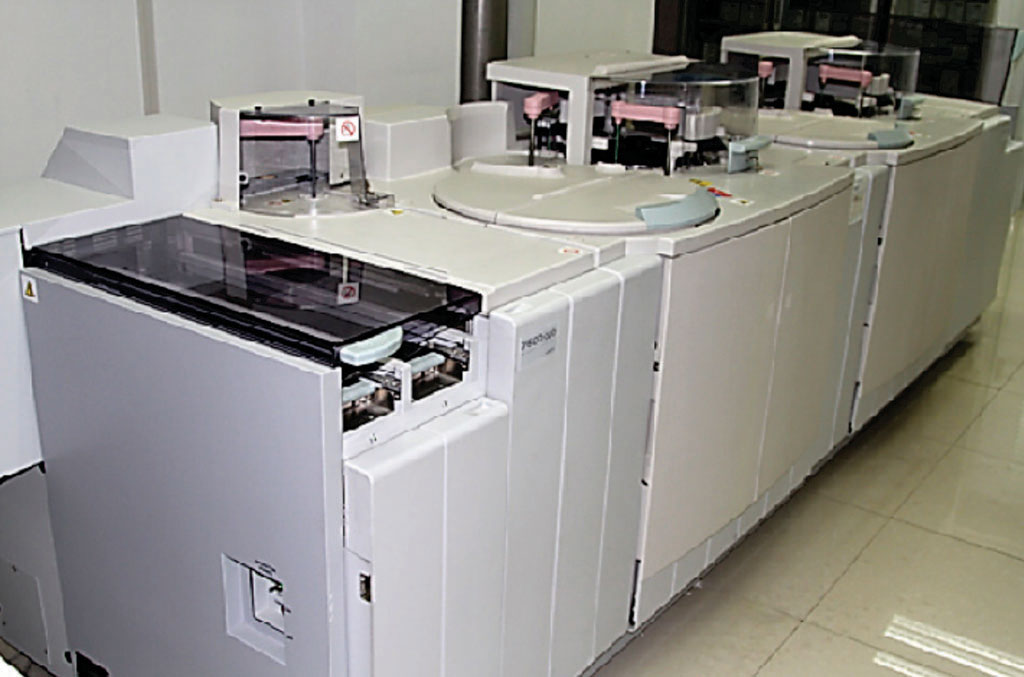
Image: The Hitachi-7600, modular DP-110 autoanalyzer (Photo courtesy of Hitachi).
Metabolic syndrome (MetS) is a constellation of interlinked metabolic conditions that seem to accelerate the development of cardiovascular disease. Chronic inflammation, oxidative stress, and insulin resistance all play important roles in the initiation and advancement of MetS.
Serum bilirubin level was negatively associated with the prevalence of MetS in previous cross-sectional studies; however, bilirubin variance preceding the development of MetS has yet to be investigated. An inverse association between mean bilirubin concentrations and the number of metabolic syndrome components in a population with atherogenic dyslipidemia has been reported.
Scientists at the Sungkyunkwan University School of Medicine (Seoul, Republic of Korea) conducted a retrospective longitudinal study of subjects who had undergone at least four yearly health check-ups between 2006 and 2012. Of 24,185 total individuals who received annual check-ups, 11,613 non-MetS participants with a baseline bilirubin level not exceeding 34.2 μmol/L were enrolled. Venous blood samples were obtained after an overnight fast and measurements included serum bilirubin, aspartate transaminase (AST), alanine transaminase (ALT), fasting plasma glucose, plasma insulin, triglyceride (TG), low-density lipoprotein cholesterol (LDL-C), high-density lipoprotein cholesterol (HDL-C), serum uric acid, and creatinine.
Serum bilirubin concentrations were measured using the diazonium salt/diazonium ion with blank method on a Hitachi-7600, Modular DP-110 autoanalyzer (Hitachi, Tokyo, Japan). Plasma glucose levels were determined using the hexokinase method on an Advia 1650 automated chemistry analyzer, and plasma insulin values were derived using an immunoradiometric assay. Fasting HDL-C, LDL-C, and TG were measured using the enzymatic colorimetric method with a Modular D2400.
The scientists found that during 55,407 person-years of follow-up, 2,439 cases of incident MetS developed (21.0%). There was an increased risk for incident MetS that was observed in higher percent change in bilirubin quartiles, with hazard ratios of 2.415 in men and 2.156 in women in the fourth quartile, compared to the lowest quartile, after adjusting for various variables. The hazard ratios per one standard deviation increase in percent change in bilirubin as a continuous variable were 1.277 in men and 1.366 in women.
The authors concluded that an increase in bilirubin concentration, defined as PCB, was positively associated with incident MetS in a healthy Korean population, indicating that bilirubin increase might precede the development of MetS. Positive levels of PCB may reflect an increase in oxidative stress preceding new-onset MetS. The study was published on December 9, 2016, in the journal Public Library of Science ONE.
Related Links:
Sungkyunkwan University School of Medicine
Hitachi
Serum bilirubin level was negatively associated with the prevalence of MetS in previous cross-sectional studies; however, bilirubin variance preceding the development of MetS has yet to be investigated. An inverse association between mean bilirubin concentrations and the number of metabolic syndrome components in a population with atherogenic dyslipidemia has been reported.
Scientists at the Sungkyunkwan University School of Medicine (Seoul, Republic of Korea) conducted a retrospective longitudinal study of subjects who had undergone at least four yearly health check-ups between 2006 and 2012. Of 24,185 total individuals who received annual check-ups, 11,613 non-MetS participants with a baseline bilirubin level not exceeding 34.2 μmol/L were enrolled. Venous blood samples were obtained after an overnight fast and measurements included serum bilirubin, aspartate transaminase (AST), alanine transaminase (ALT), fasting plasma glucose, plasma insulin, triglyceride (TG), low-density lipoprotein cholesterol (LDL-C), high-density lipoprotein cholesterol (HDL-C), serum uric acid, and creatinine.
Serum bilirubin concentrations were measured using the diazonium salt/diazonium ion with blank method on a Hitachi-7600, Modular DP-110 autoanalyzer (Hitachi, Tokyo, Japan). Plasma glucose levels were determined using the hexokinase method on an Advia 1650 automated chemistry analyzer, and plasma insulin values were derived using an immunoradiometric assay. Fasting HDL-C, LDL-C, and TG were measured using the enzymatic colorimetric method with a Modular D2400.
The scientists found that during 55,407 person-years of follow-up, 2,439 cases of incident MetS developed (21.0%). There was an increased risk for incident MetS that was observed in higher percent change in bilirubin quartiles, with hazard ratios of 2.415 in men and 2.156 in women in the fourth quartile, compared to the lowest quartile, after adjusting for various variables. The hazard ratios per one standard deviation increase in percent change in bilirubin as a continuous variable were 1.277 in men and 1.366 in women.
The authors concluded that an increase in bilirubin concentration, defined as PCB, was positively associated with incident MetS in a healthy Korean population, indicating that bilirubin increase might precede the development of MetS. Positive levels of PCB may reflect an increase in oxidative stress preceding new-onset MetS. The study was published on December 9, 2016, in the journal Public Library of Science ONE.
Related Links:
Sungkyunkwan University School of Medicine
Hitachi
Latest Clinical Chem. News
- Carbon Nanotubes Help Build Highly Accurate Sensors for Continuous Health Monitoring
- Paper-Based Device Boosts HIV Test Accuracy from Dried Blood Samples
- AI-Powered Raman Spectroscopy Method Enables Rapid Drug Detection in Blood
- Novel LC-MS/MS Assay Detects Low Creatinine in Sweat and Saliva
- Biosensing Technology Breakthrough Paves Way for New Methods of Early Disease Detection
- New Saliva Test Rapidly Identifies Paracetamol Overdose
- POC Saliva Testing Device Predicts Heart Failure in 15 Minutes

- Screening Tool Detects Multiple Health Conditions from Single Blood Drop
- Integrated Chemistry and Immunoassay Analyzer with Extensive Assay Menu Offers Flexibility, Scalability and Data Commutability
- Rapid Drug Test to Improve Treatment for Patients Presenting to Hospital
- AI Model Detects Cancer at Lightning Speed through Sugar Analyses
- First-Ever Blood-Powered Chip Offers Real-Time Health Monitoring
- New ADLM Guidance Provides Expert Recommendations on Clinical Testing For Respiratory Viral Infections
- 3D Printed Point-Of-Care Mass Spectrometer Outperforms State-Of-The-Art Models
- POC Biomedical Test Spins Water Droplet Using Sound Waves for Cancer Detection
- Highly Reliable Cell-Based Assay Enables Accurate Diagnosis of Endocrine Diseases
Channels
Molecular Diagnostics
view channel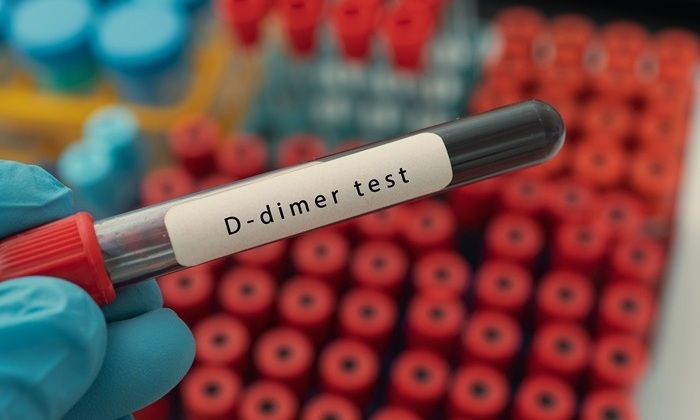
D-Dimer Testing Can Identify Patients at Higher Risk of Pulmonary Embolism
Pulmonary embolism (PE) is a commonly suspected condition in emergency departments (EDs) and can be life-threatening if not diagnosed correctly. Achieving an accurate diagnosis is vital for providing effective... Read more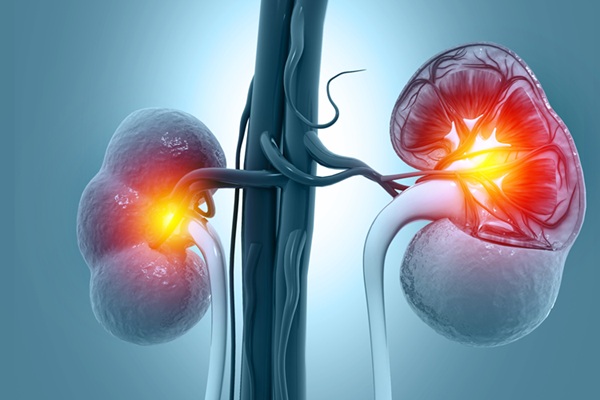
New Biomarkers to Improve Early Detection and Monitoring of Kidney Injury
Drug-induced kidney injury, also known as nephrotoxicity, is a prevalent issue in clinical practice, occurring when specific medications at certain doses cause damage to the kidneys. Nephrotoxicity can... Read moreHematology
view channel
New Scoring System Predicts Risk of Developing Cancer from Common Blood Disorder
Clonal cytopenia of undetermined significance (CCUS) is a blood disorder commonly found in older adults, characterized by mutations in blood cells and a low blood count, but without any obvious cause or... Read more
Non-Invasive Prenatal Test for Fetal RhD Status Demonstrates 100% Accuracy
In the United States, approximately 15% of pregnant individuals are RhD-negative. However, in about 40% of these cases, the fetus is also RhD-negative, making the administration of RhoGAM unnecessary.... Read moreImmunology
view channel
Post-Treatment Blood Test Could Inform Future Cancer Therapy Decisions
In the ongoing advancement of personalized medicine, a new study has provided evidence supporting the use of a tool that detects cancer-derived molecules in the blood of lung cancer patients years after... Read more
Cerebrospinal Fluid Test Predicts Dangerous Side Effect of Cancer Treatment
In recent years, cancer immunotherapy has emerged as a promising approach where the patient's immune system is harnessed to fight cancer. One form of immunotherapy, called CAR-T-cell therapy, involves... Read more
New Test Measures Preterm Infant Immunity Using Only Two Drops of Blood
Preterm infants are particularly vulnerable due to their organs still undergoing development, which can lead to difficulties in breathing, eating, and regulating body temperature. This is especially true... Read more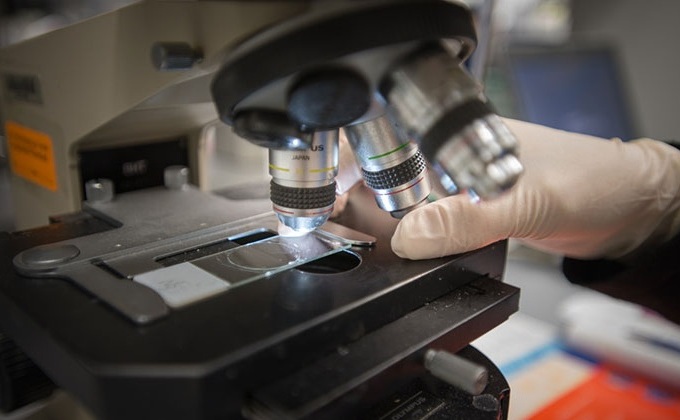
Simple Blood Test Could Help Choose Better Treatments for Patients with Recurrent Endometrial Cancer
Endometrial cancer, which develops in the lining of the uterus, is the most prevalent gynecologic cancer in the United States, affecting over 66,000 women annually. Projections indicate that in 2025, around... Read moreMicrobiology
view channel
Breakthrough Diagnostic Technology Identifies Bacterial Infections with Almost 100% Accuracy within Three Hours
Rapid and precise identification of pathogenic microbes in patient samples is essential for the effective treatment of acute infectious diseases, such as sepsis. The fluorescence in situ hybridization... Read more
Innovative ID/AST System to Help Diagnose Infectious Diseases and Combat AMR
Each year, 11 million people across the world die of sepsis out of which 1.3 million deaths are due to antibiotic-resistant bacteria. The burden of antimicrobial resistance (AMR) continues to weigh heavily,... Read more
Gastrointestinal Panel Delivers Rapid Detection of Five Common Bacterial Pathogens for Outpatient Use
Acute infectious gastroenteritis results in approximately 179 million cases each year in the United States, leading to a significant number of outpatient visits and hospitalizations. To address this, a... Read morePathology
view channel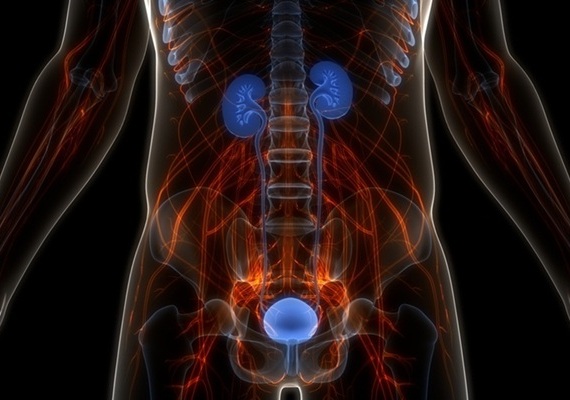
AI Model Predicts Patient Response to Bladder Cancer Treatment
Each year in the United States, around 81,000 new cases of bladder cancer are diagnosed, leading to approximately 17,000 deaths annually. Muscle-invasive bladder cancer (MIBC) is a severe form of bladder... Read more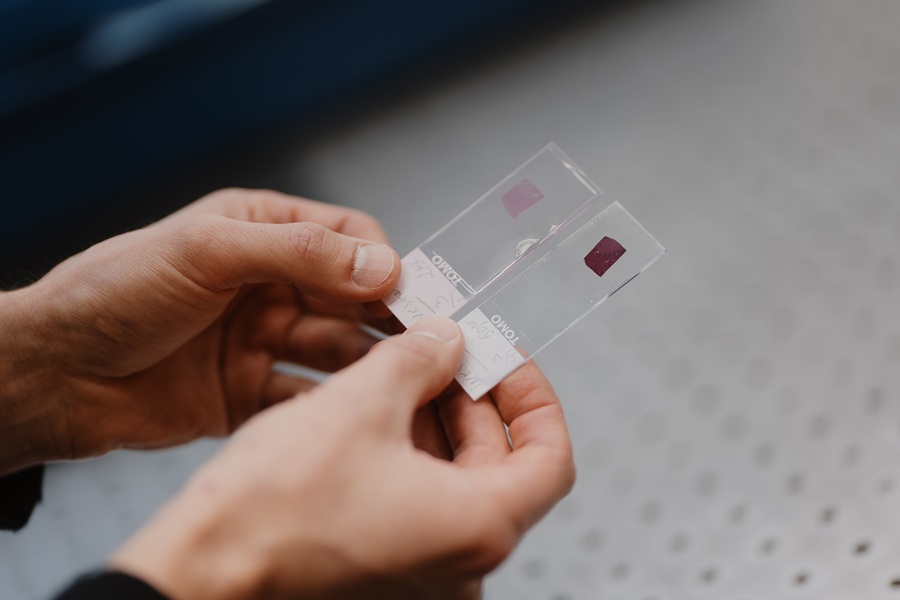
New Laser-Based Method to Accelerate Cancer Diagnosis
Researchers have developed a method to improve cancer diagnostics and other diseases. Collagen, a key structural protein, plays various roles in cell activity. A novel multidisciplinary study published... Read more
New AI Model Predicts Gene Variants’ Effects on Specific Diseases
In recent years, artificial intelligence (AI) has greatly enhanced our ability to identify a vast number of genetic variants in increasingly larger populations. However, up to half of these variants are... Read more
Powerful AI Tool Diagnoses Coeliac Disease from Biopsy Images with Over 97% Accuracy
Coeliac disease is an autoimmune disorder triggered by the consumption of gluten, causing symptoms such as stomach cramps, diarrhea, skin rashes, weight loss, fatigue, and anemia. Due to the wide variation... Read moreTechnology
view channel
Smartphones Could Diagnose Diseases Using Infrared Scans
Rapid advancements in technology may soon make it possible for individuals to bypass invasive medical procedures by simply uploading a screenshot of their lab results from their phone directly to their doctor.... Read more
Novel Sensor Technology to Enable Early Diagnoses of Metabolic and Cardiovascular Disorders
Metabolites are critical compounds that fuel life's essential functions, playing a key role in producing energy, regulating cellular activities, and maintaining the balance of bodily systems.... Read more
3D Printing Breakthrough Enables Large Scale Development of Tiny Microfluidic Devices
Microfluidic devices are diagnostic systems capable of analyzing small volumes of materials with precision and speed. These devices are used in a variety of applications, including cancer cell analysis,... Read moreIndustry
view channel









